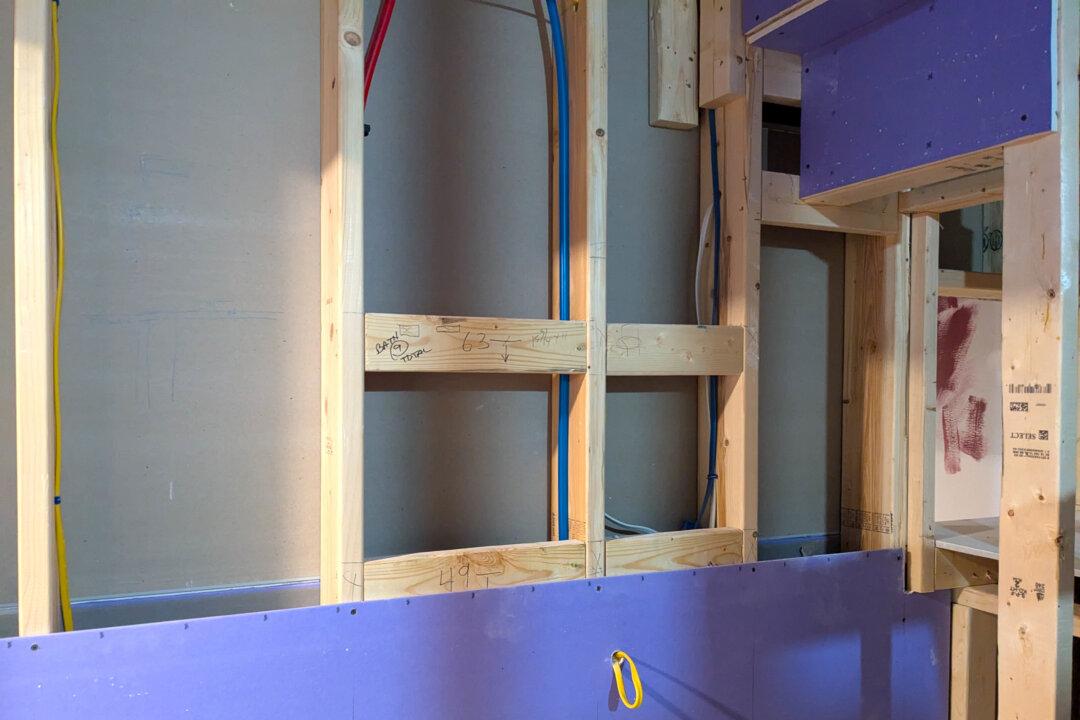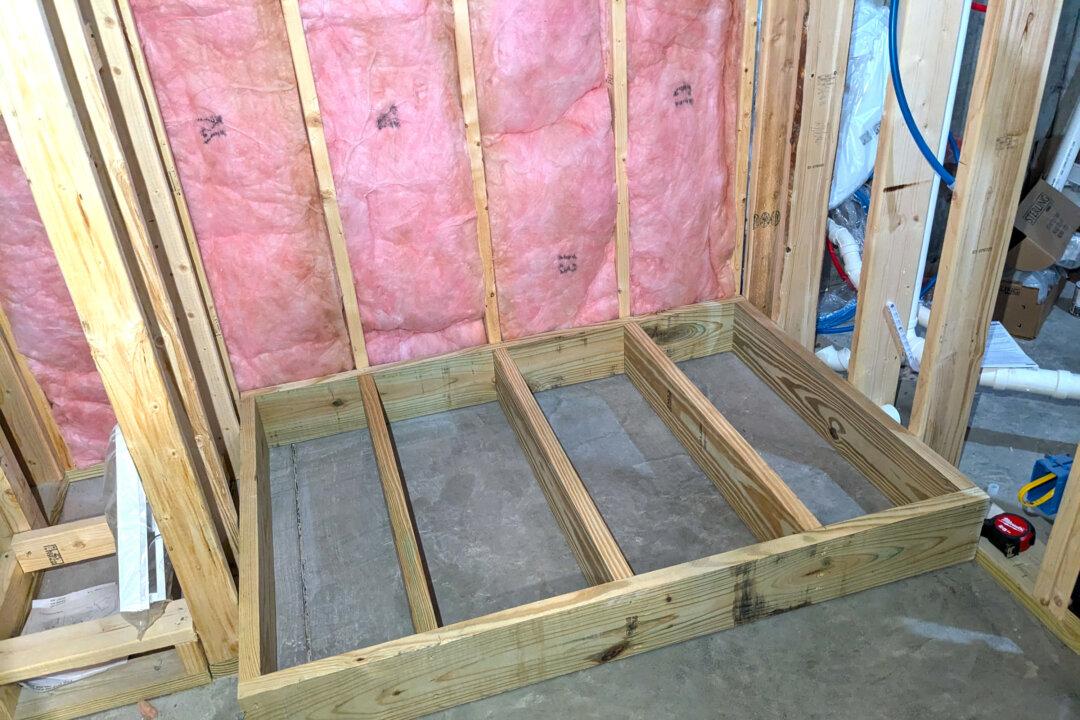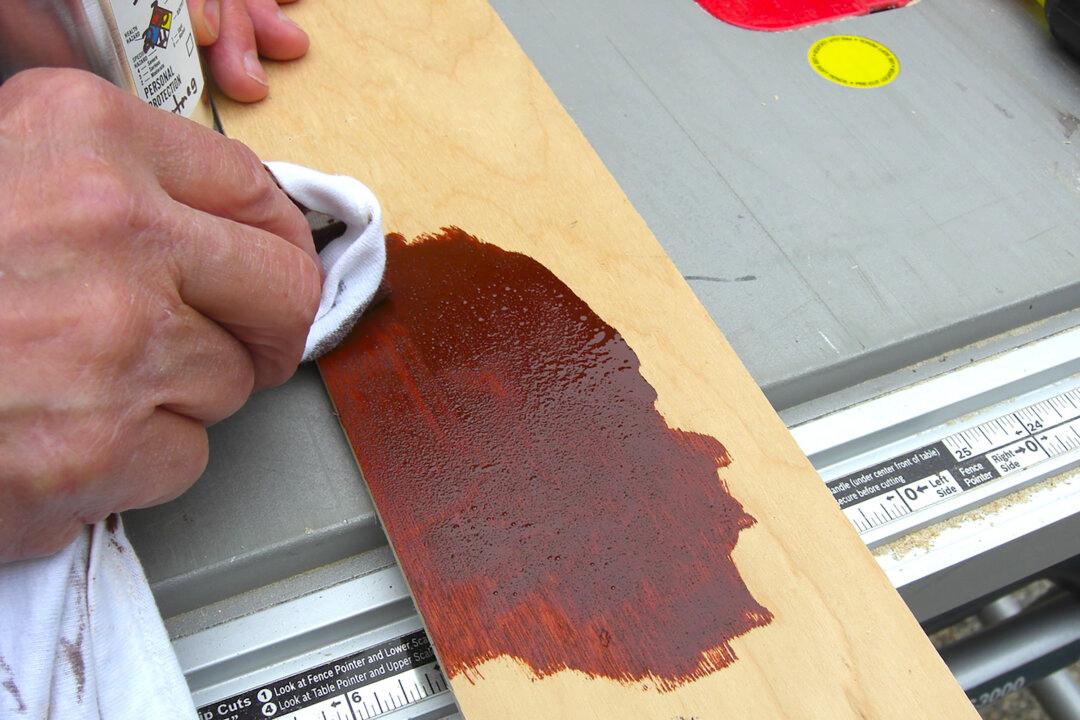Eight years ago I was in the middle of a roof replacement project on my own home. My 30-year warranted asphalt shingles looked like they were 50 years old. They were curled, large patches of felt paper with no granules were showing, and each time it rained my deck and sidewalk were littered with the colored ceramic granules.
I was furious because I thought I’d never have to install another roof in my lifetime. On one particularly hot day, while removing the wretched pieces of scrap, I got so disgusted and angry that I not only swore like a sailor at the shingle manufacturer, but I also vowed to get to the bottom of the issue.
My quest for the truth started with an outreach to the national association that many of the shingle manufacturers fund. The professional public relations person whose job it is to deflect attacks or hard-hitting questions stonewalled me. He said, “It sounds like you need to reach out to our members individually.” Challenge accepted.
I did just that and the tough questions I sent to each of the top manufacturers generated milquetoast answers and some had nothing to do with my questions. The manufacturers knew I was hot on the trail of something that was seriously wrong but they were hoping I’d give up or not discover the truth. Never. ever underestimate the strength or stamina of your opponent was my mantra back when I played high school sports.
It was then I decided to see how bad the issue was. After all, I was seeing ads in my local newspaper for a roofing company that helped homeowners settle claims against manufacturers for defective roofs just like mine. I decided to tell this story in one of my past columns and set up a form you could use to tell me if your roof was failing before its time just like mine. The responses flooded in from all over the USA.
The day my column ran in the Washington Post, I received an email from a person in the shingle industry. He said we needed to have a phone conversation. This professional was ethically challenged and was rejoicing there was finally someone, me, who was poised to expose what was going on. He allowed me to record the interview and just asked for me to protect his identity so he would not lose his job. Thank God for whistle-blowers!
The reason my roof, and possibly yours, was failing early was tied to making more money, plain and simple. Rather than have shingles last 25, 30, or more years, many of the manufacturers decided they wanted each homeowner to purchase a new roof. Back in 2015, the National Association of Realtors shared with me that the average length of stay in a residential home is nine years.
My deep-throat source told me that some of the manufacturers were pre-aging the asphalt by blowing an excessive amount of air into the virgin asphalt. You do need to blow some air into asphalt to prevent it from melting and running down your roof into your gutters or onto the ground. But blow too much air into it and the asphalt becomes over-oxidized making it brittle from the get-go.
I decided to take all I had discovered, including the facts in the interview, and write a short book. It’s called “Roofing Ripoff -- Why Your Asphalt Shingles are Falling Apart and What You Can Do About It.” It’s available as a paperback and audio book on Amazon.
As I was compiling the book, I went to lunch one day with a friend of mine. As we left the restaurant the sun was shining on the roof of the vacant Tilton, New Hampshire, post office. The south-facing roof was in horrible shape with the shingles curled and most of them missing the protective ceramic granules.
However, there was a 10-foot-wide strip of roofing from the peak to the drip line that was in very good condition. The difference was night and day. Perched just above this strip of asphalt shingles was a large cupola with a copper roof. Instantly I theorized that copper ions blasted off the cupola roof by the photons in ultraviolet light were washing down on the shingles with each rainfall. My theory was the copper was somehow keeping the asphalt supple.
I consulted with three physical chemists and they confirmed that copper would bond to asphalt molecules that were also split apart by the photons. Copper, however, prevents cross-linking of the asphalt. Cross-linking happens when oxygen bonds with the asphalt. When this happens and too many asphalt molecules connect together, the asphalt becomes brittle. It loses its ability to stay flat and hold onto the ceramic granules that are shingles’ sunscreen.
You can extend the life of your asphalt shingle roof by installing 10 inches of thin copper up at the peak of your roof. You can blind nail a 12-inch-wide strip of this copper just as I did at my daughter’s new home. It’s important that the copper be exposed to sunlight and it must rain periodically for the magic to work. Type “roof moss video” into the search engine of my www.AsktheBuilder.com and go to that page to see a photo of how to install the copper strip.
Dear Readers: We would love to hear from you. What topics would you like to read about? Please send your feedback and tips to [email protected].




